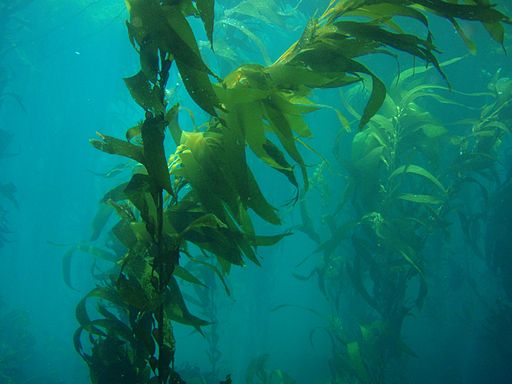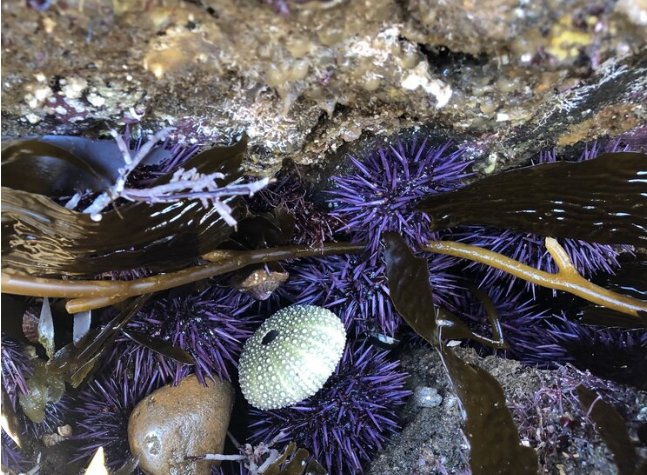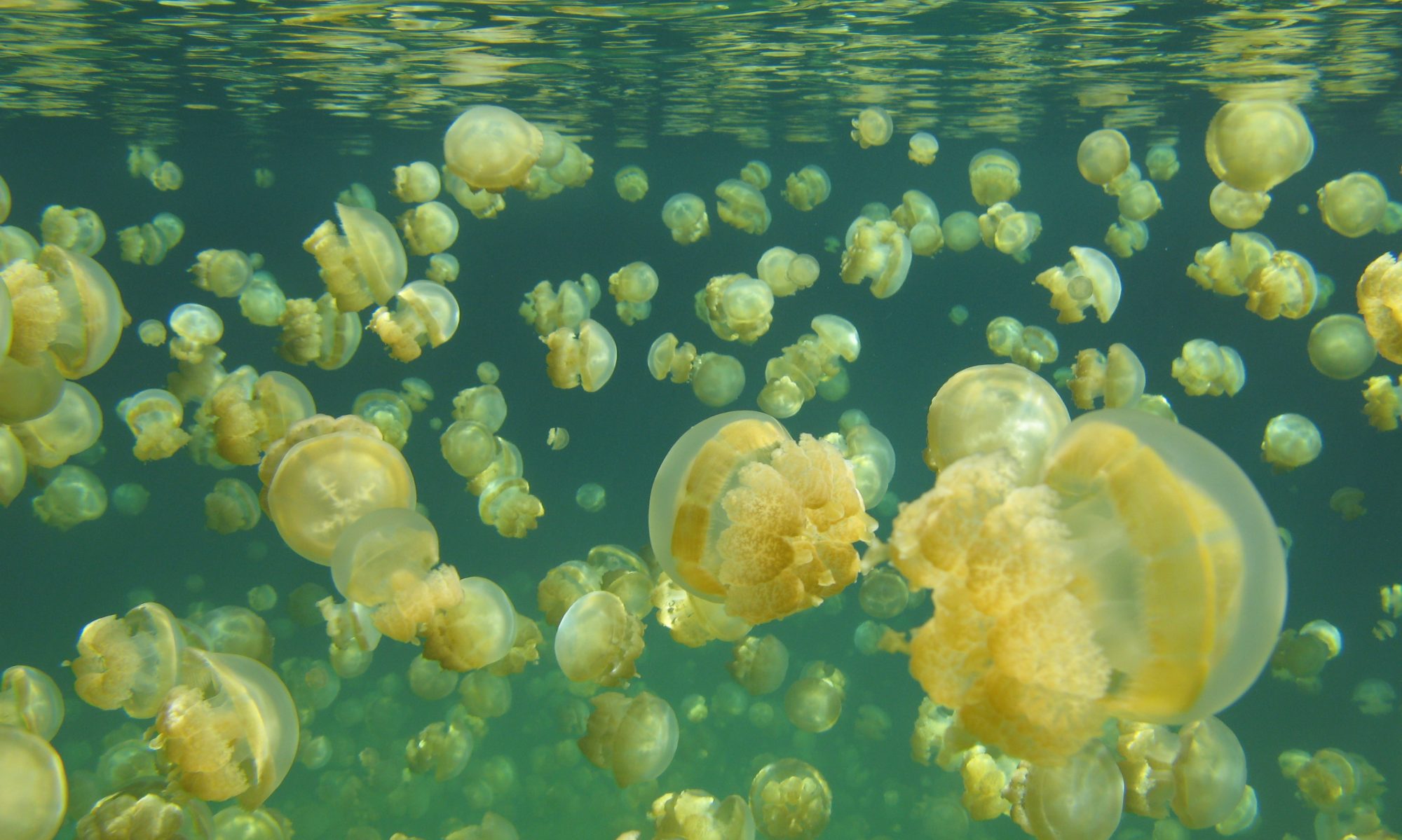
Macrocystis pyrifera 
Strongylocentrotus purpuratus
Project: Comparative biogeography of California kelp and their major consumer
Taxon: Macrocystis pyrifera, Strongylocentrotus purpuratus
People: Rachael Bay, UC Davis & Mike Dawson, UC Merced.
Funding: California Conservation Genomics Project
Place: Northeastern Pacific
Synopsis: California kelp forest ecosystems are iconic. These productive marine forests support substantial proportions of marine biodiversity, providing habitat for invertebrates, fish, and marine mammals1. Kelp forest ecosystems provide a number of ecosystem services, including commercial harvesting, ecotourism, and coastal protection. Yet, in recent years we have seen drastic declines in kelp forest ecosystems, likely driven by a combination of climate change and explosions of urchin populations2. Current conservation efforts focus both on restoration of kelp forests and reducing urchin populations. A major gap in our understanding of natural population dynamics of kelp and urchins is a lack of state-wide, high resolution estimates of connectivity. Additionally, predictions of response to future climate change must integrate information on adaptive capacity in each species separately as well as the demographic impact of the species interaction. For this reason, we will use whole genome sequencing to examine population structure, historical demography, and adaptation to local temperature and pH in the kelp species (Macrocystis pyrifera) and its major consumer, the purple sea urchin (Strongylocentrotus purpuratus).
Photo credits: Macrocystis pyrifera by Claire Fackler, in the Channel Islands NMS, Creative Commons Attribution 2.0 Generic license. …
